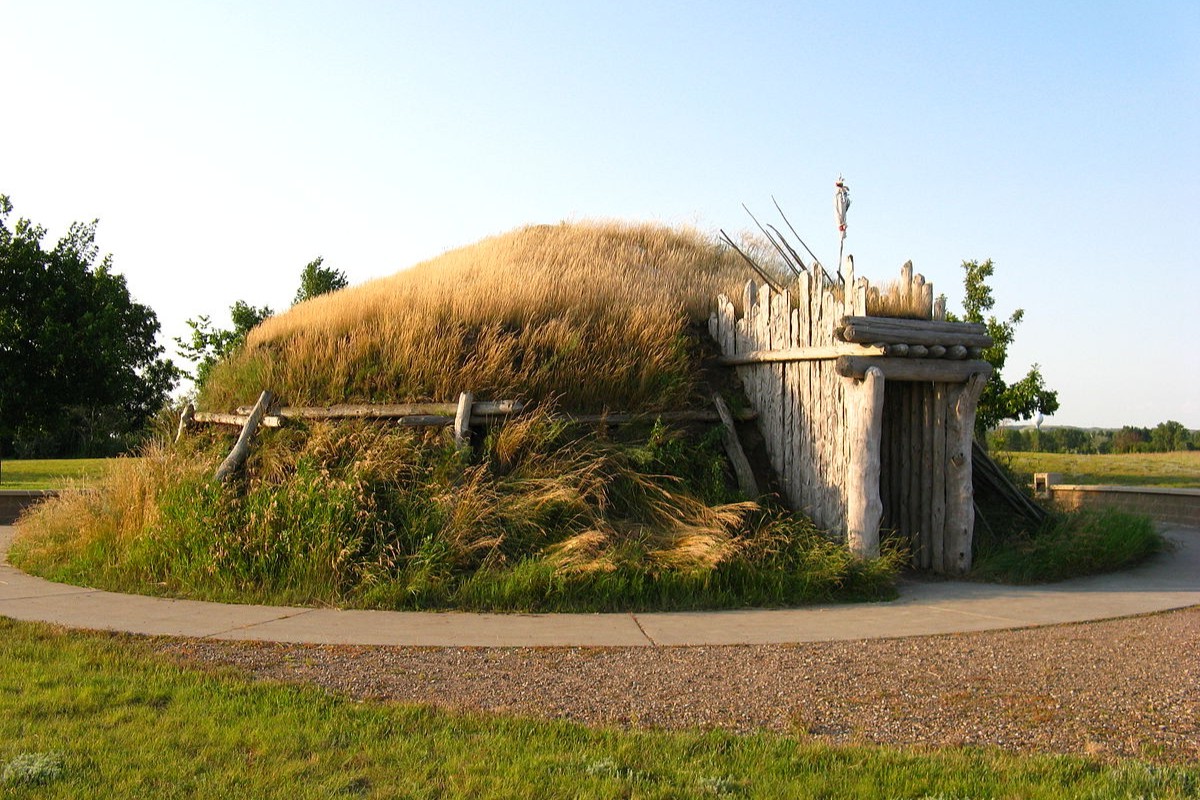Secrets Of North Dakota’s Knife River Trading Posts

Have you ever wondered what life was like for traders and Native Americans in the early 1800s? The Knife River Trading Posts in North Dakota offer a fascinating glimpse into this vibrant past. Located near the Missouri River, these historic sites were bustling hubs of commerce and culture. Traders exchanged goods like furs, tools, and food with the local Hidatsa, Mandan, and Arikara tribes. Visiting these posts today, you can explore reconstructed buildings, see authentic artifacts, and learn about the daily lives of those who lived and worked there. It's like stepping back in time to a world of adventure and trade.
Secrets of North Dakota's Knife River Trading Posts
North Dakota's Knife River region holds a treasure trove of history and culture. The trading posts here played a crucial role in the fur trade era, acting as hubs for commerce and cultural exchange. Let's dive into some of the most fascinating trading posts in this area.
1. Knife River Indian Villages National Historic Site
This historic site preserves the remnants of the Northern Plains Indians' villages. It offers a glimpse into the lives of the Hidatsa people who lived here for centuries.
- Earthlodge Village: Walk through reconstructed earthlodges to understand how the Hidatsa lived.
- Visitor Center: Features exhibits on the history, culture, and archaeology of the area.
- Hiking Trails: Explore trails that take you through the scenic landscape and past ancient village sites.
2. Fort Mandan
Fort Mandan is where Lewis and Clark spent the winter of 1804-1805. This reconstructed fort offers a peek into the explorers' lives during their historic expedition.
- Reconstructed Fort: See how the fort looked during Lewis and Clark's stay.
- Interpretive Center: Learn about the expedition and the Native American tribes they encountered.
- Living History Programs: Experience history through reenactments and demonstrations.
3. Fort Clark Trading Post State Historic Site
This site was a major fur trading post in the early 19th century. It was a bustling hub where traders and Native Americans exchanged goods.
- Archaeological Remains: Explore the remains of the fort and the nearby Mandan village.
- Interpretive Panels: Read about the history and significance of the site.
- Scenic Views: Enjoy views of the Missouri River and the surrounding landscape.
4. Fort Union Trading Post National Historic Site
Fort Union was one of the most important fur trading posts on the Upper Missouri River. It served as a key trading center for nearly 40 years.
- Reconstructed Fort: Walk through the reconstructed buildings and imagine life during the fur trade era.
- Museum: Features artifacts and exhibits on the fur trade and the fort's history.
- Special Events: Attend events like the annual Rendezvous, which celebrates the history of the fur trade.
5. Fort Abraham Lincoln State Park
This park includes the reconstructed Fort Abraham Lincoln, which was an important military post in the late 19th century. It also features the On-A-Slant Village, a historic Mandan village site.
- Custer House: Tour the home of General George Custer and learn about his time at the fort.
- On-A-Slant Village: Explore the reconstructed earthlodges and learn about Mandan culture.
- Trails and Camping: Enjoy hiking, biking, and camping in the scenic park.
6. Double Ditch Indian Village State Historic Site
This site was once a large Mandan village. It offers a fascinating look at the lives of the Mandan people before European contact.
- Village Remains: See the remains of earthlodges and fortifications.
- Interpretive Signs: Learn about the history and culture of the Mandan people.
- Scenic Overlook: Enjoy panoramic views of the Missouri River and the surrounding area.
7. Fort Berthold Indian Reservation
Home to the Three Affiliated Tribes (Mandan, Hidatsa, and Arikara), this reservation offers a rich cultural experience.
- Earthlodge Village: Visit the reconstructed earthlodges and learn about traditional lifestyles.
- Four Bears Bridge: A modern landmark named after a famous Mandan chief.
- Cultural Center: Discover exhibits on the history and culture of the Three Affiliated Tribes.
8. Fort Buford State Historic Site
Fort Buford was a military post established to protect settlers and trade routes. It is also where Sitting Bull surrendered in 1881.
- Museum: Learn about the fort's history and its role in the Indian Wars.
- Sitting Bull Surrender Site: Visit the site where the famous Sioux chief surrendered.
- Historic Buildings: Explore the remaining buildings and imagine life at the fort.
9. Fort Totten State Historic Site
Originally a military post, Fort Totten later became an Indian boarding school. Today, it serves as a museum and historic site.
- Historic Buildings: Tour the well-preserved buildings from the fort's military and educational periods.
- Museum Exhibits: Learn about the fort's history and its impact on the local Native American community.
- Cultural Events: Attend events that celebrate the history and culture of the area.
Why Visit Knife River Trading Posts
Knife River Trading Posts offer a unique glimpse into North Dakota's rich history. These sites were once bustling hubs of trade and culture, connecting Native American tribes with European settlers. Walking through these historic areas, you can almost hear the echoes of traders bartering goods and sharing stories.
The reconstructed earth lodges and trading posts provide an immersive experience, making history come alive. You’ll learn about the daily lives of the Hidatsa people, their innovative farming techniques, and their interactions with traders.
Visiting these sites is not just educational but also deeply enriching. It’s a chance to appreciate the resilience and ingenuity of the people who lived here centuries ago. Whether you’re a history buff or just looking for a unique day trip, Knife River Trading Posts are a must-see. Don’t miss out on this hidden gem in North Dakota.

